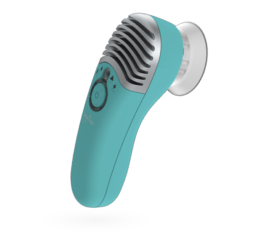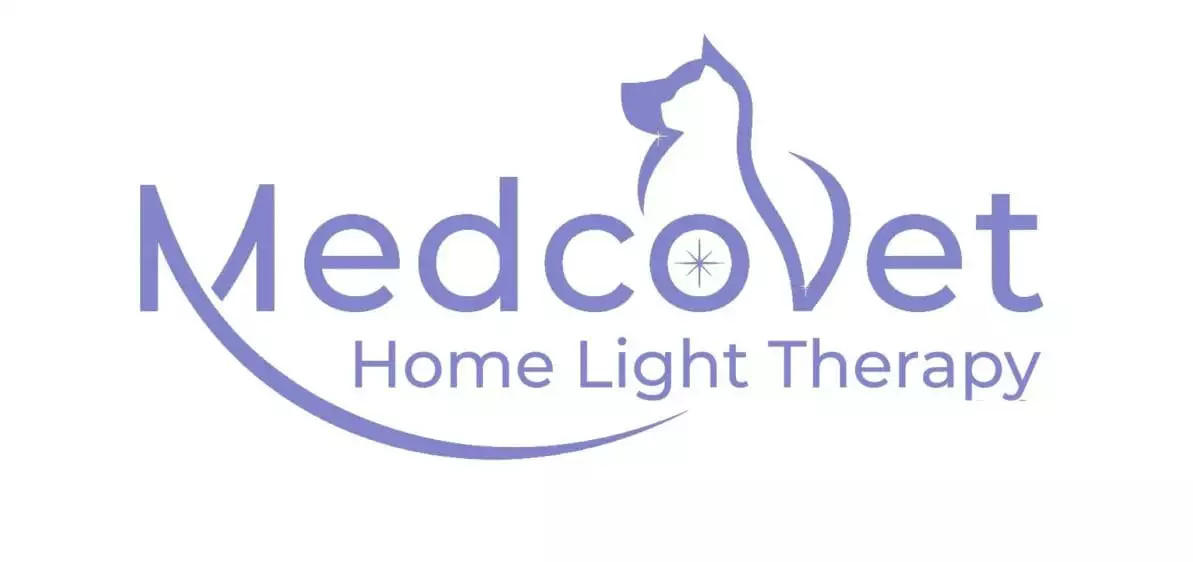4 Laser Treatment Myths Vets Still Cling To
By Dr. Michael R Hamblin Ph.D (CSO of MedcoVet)
Laser Therapy (PBM) is a terrific new modality to an ever-increasing number of vet clinics. It’s great for the pet, the pet parent and the vet clinic. As a Principal Investigator at the Wellman Center for Photomedicine, Massachusetts General Hospital, an Associate Professor of Dermatology, Harvard Medical School and affiliated faculty at Harvard-MIT Division of Health Science and Technology, I have seen four myths that are still commonplace among veterinarians about Photobiomodulation.
Myth #1: Higher Power Lasers are Always Better
When shopping for a laser therapy device, many clinicians assume that the most powerful device will yield the best results and have the shortest treatment time. In almost all cases, this is not true. In reality, the studies published (see: Biphasic dose response in low level light therapy), show that the ideal dosage is of lower power for longer times. This research also highlights two very different mechanisms. Lower power (i.e. less than 300mW/cm^2) reduces inflammation, while higher power acts as an analgesic. Buyers also assume that power is the key to deeper penetration, which is only partially true. In general, each time the power doubles, penetration increases by about 10%. The best way to ensure the deepest possible penetration is to choose the proper wavelengths and maintain skin contact during treatment (discussed further below).
Myth #2 – Moving the Probe Around Increases Efficacy
Caution: Many high powered laser devices require probe movement for safety. If instructed to do so, please move your probe.
The goal of laser treatment is to get the right amount of light into the target tissue. Moving the probe creates two problems: first, it’s difficult to determine the actual dose given to any spot because time per spot is unclear and second, the fur either reflects or absorbs a large percentage of the incident light (80% to 100%, per Jan Tunér and a study by Al Watban), which leaves an unknown amount of light going into the target tissue. A device with 50-100 mW/cm2 yields a more accurate dosage and deeper penetration because it is kept stationary.
Myth #3 – Don’t Contact the Skin with the Laser
Caution: Many high powered laser devices require a distance between the probe and the patient. If instructed to do so, please ensure the probe does not contact the skin.
While fur reflects a lot of the light intended for the target tissue, so does all the tissue between the skin and the target tissue. One overlooked key to deeper light penetration is applying pressure with the treatment probe. A reasonable amount of pressure (think the amount to press an elevator button), moves blood cells and other cellular material aside, to ensure that light is absorbed by the target tissue.
Myth #4: Once a Week Treatment
Photobiomodulation works best with a frequent application at low doses. Learn more here. Many clinicians, when faced with asking pet owners to come in multiple times per week, opt for less frequent visits, favoring pet owner convenience. In many ways, this is like taking a big dose of medicine once per week, rather than smaller doses every day. With home PBM, frequent treatment is now possible without the inconvenience of a clinical visit. This moves PBM from an adjunctive treatment to one that can clinically change the direction of a case.
If you’d like to see the benefits of home treatment for pets, pet owners AND vet clinics, please reach out to us at medcovet.com/contact-us and we’d be happy to send you a demo unit to try.

Luma
At MedcoVet, we aim to make light therapy available and affordable to anyone that needs it. So, we would like anyone interested, curious, practiced or skeptical to join our community and the discussion.

